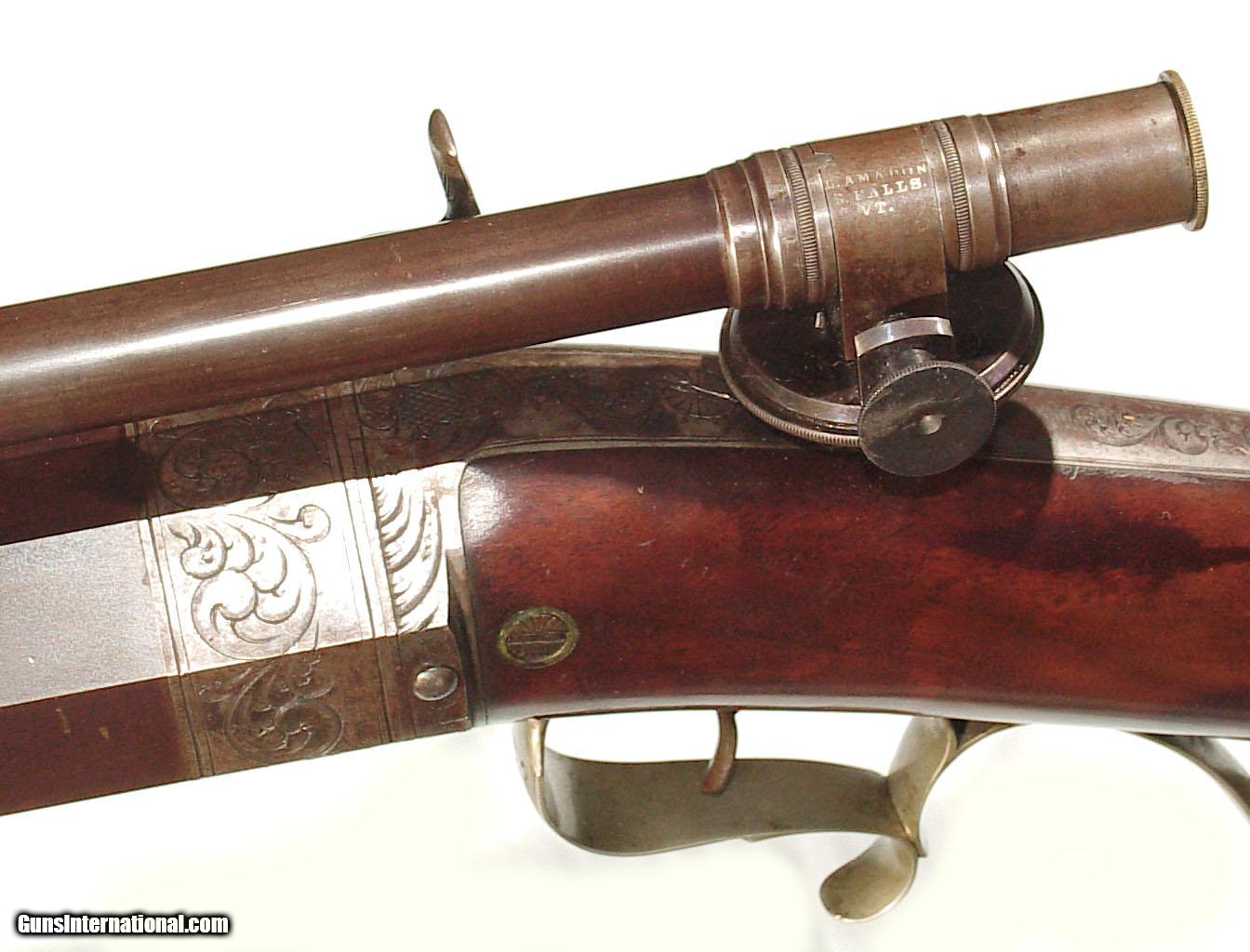

The Trapdoor is so named because the top of the breech block is hinged and can be opened like a, well, trap door to access the chamber. Years after the war, the US Army rearmed with more modern rifles. But remained one technological wave behind and adopted black powder one-shot breech-loaders. Video can’t be loaded because JavaScript is disabled: 1861 Springfield Musket () Illustrated below is a Springfield 1861 rifled musket. These rifles tend to all look very similar for people who aren’t muzzleloaders hobbyists and/or reenactors. StatsĭCH Enfield/Springfield Rifled Musket. Generally, the War saw a bewildering variety of weapons in use.


58 for the Confederacy) and some units even had old muskets. Yet rifles that could fire far more quickly were available. For instance the lever-action Spencer carbine in 1856, or the best-selling Henry. Most grunts thus struggled to reload their Springfield.

It was also commonly thought that a slower rate of fire put emphasis on proper aiming and marksmanship. It supposedly encouraged soldiers to be efficient. the two sides mostly operated rifled muskets. The Civil War was generally expected to be a short and limited affair when it started. Through a mix of conservatism, logistical constraints, problems with retraining, difficulties in buying and shipping enough weapons, etc. Numerous older muskets had their barrels rifled to benefit from the advantages of “Minnie bullets”. Even weapons developed with rifled barrels were called “rifled muskets” for a while. Rifles shooting Minié bullets thus had the advantages of both muskets and rifles. This was the result of a French invention, the balle Minié (often called the “Minnie bullet” in the US back then). It made rifled barrels much less of a pain to load and clean. This generation of firearms is confusingly called “rifled musket” in that they are built like muskets but have a rifled barrel. Most soldiers fought in the Civil War with these somewhat obsolete muzzleloaders. Core military weapons Civil War Rifled Musket


 0 kommentar(er)
0 kommentar(er)
